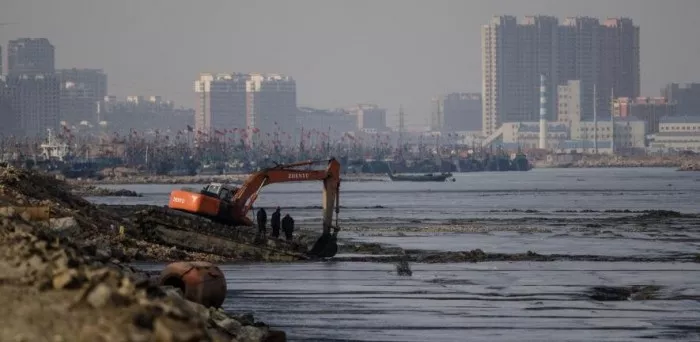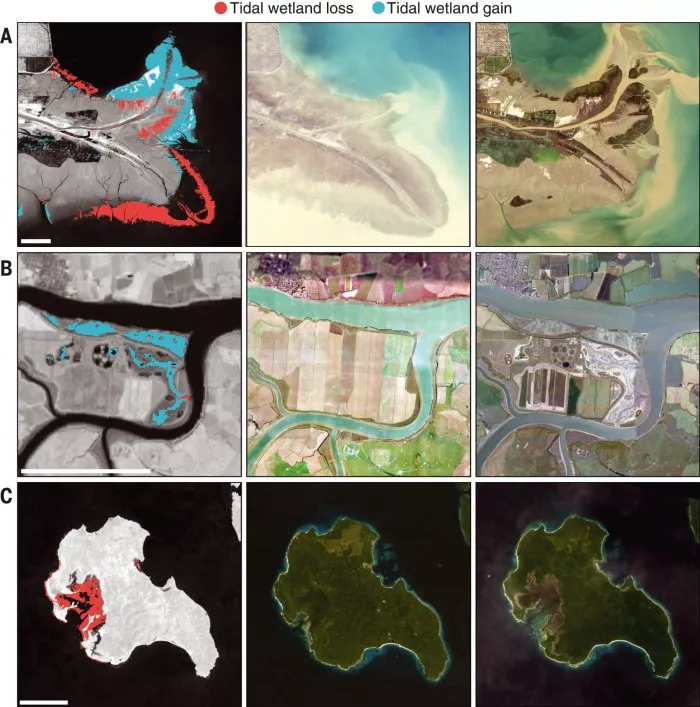The analysis of more than 1 million satellite images shows that 4000 square kilometers of tidal wetlands have disappeared in the world over the past 20 years The tides, marshes and human behavior around the world are changing rapidly. However, ecosystem restoration and natural processes play a role in reducing total losses.

However, due to the uncertainty of how tidal wetlands respond to the drivers of change, efforts to estimate their current and future state on a global scale are still very unclear.
In a new study, researchers conducted machine learning analysis of a large number of historical satellite image archives to detect the degree, time and type of changes in global tidal wetlands from 1999 to 2019.
They found that globally, 13700 square kilometers of tidal wetlands disappeared, offset by 9700 square kilometers of gains, resulting in a net loss of 4000 square kilometers over the past two decades. The study was published today in Science 》In the magazine.

Dr Nicholas Murray, senior lecturer and director of the global ecology laboratory at James Cook University, who led the study, said: "we found that 27% of the losses and benefits were related to direct human activities, such as conversion to agriculture and restoration of lost wetlands."
All other changes are attributed to indirect drivers, such as human impacts on river catchments, extensive development of coastal areas, coastal subsidence, natural coastal processes and climate change.
About three-quarters of the global net loss of tidal wetlands occurred in Asia, of which nearly 70% were concentrated in Indonesia, China and Myanmar.
"Asia is the global center of tidal wetland losses caused by direct human activities. These activities play a smaller role in tidal wetland losses in Europe, Africa, the Americas and Oceania, where coastal wetland dynamics are driven by indirect factors such as wetland migration, coastal reconstruction and catchment changes." Murray said.
Scientists have found that almost three-quarters of the loss of tidal wetlands in the world has been offset by the establishment of new tidal wetlands in areas where there were no tidal wetlands before - with significant expansion in the Ganges and Amazon deltas.
Most of the new tidal wetland areas are indirectly driven, highlighting the prominent role of large-scale coastal processes in maintaining the scope of tidal wetlands and promoting natural regeneration.
This shows that we need to take into account the rapid migration of coastal wetlands, "Murray said
"Monitoring on a global scale is now crucial if we are to effectively manage changes in the coastal environment," he added
More than 1 billion people around the world now live in low-altitude coastal areas. Tidal wetlands are of great importance to mankind, providing benefits such as carbon storage and sequestration, coastal protection and fishery growth.
"Protecting our coastal wetlands is critical to supporting coastal communities and the broader health of the planet." "These areas are the last refuge for many plants and animals," said Dr Thomas Worthington, senior researcher in the Department of zoology at the University of Cambridge and co-author of the study
"These data can help identify the most affected coastal areas - areas that therefore need protection, or areas that we can give priority to recovery," he added